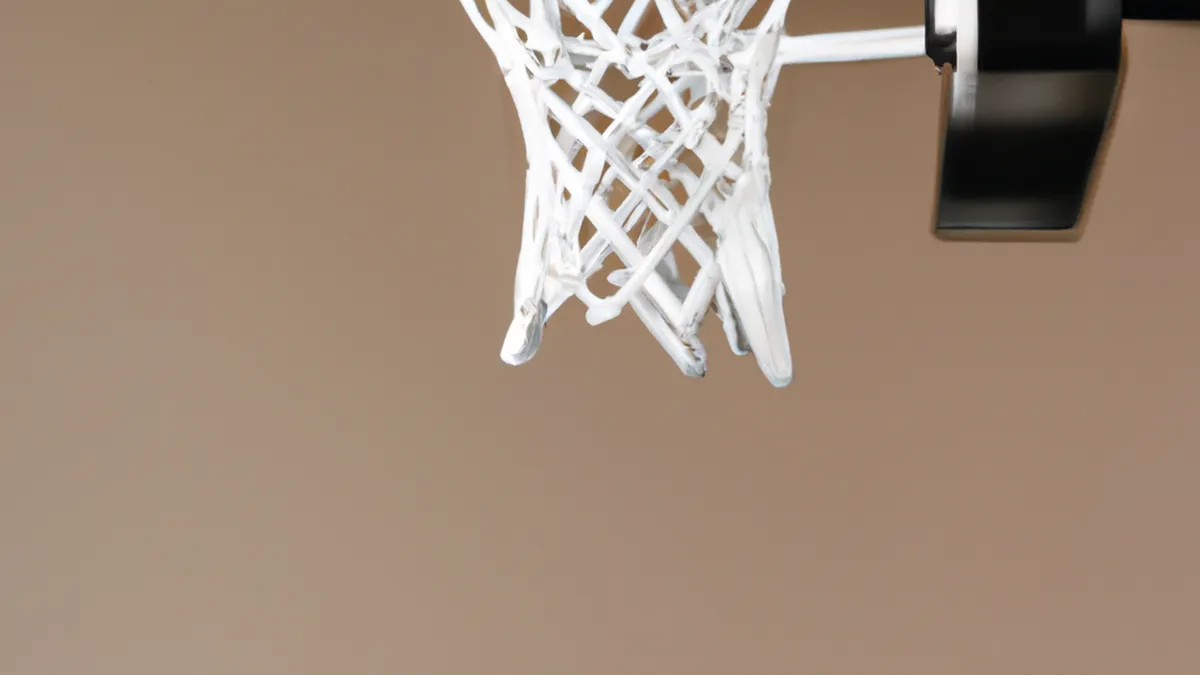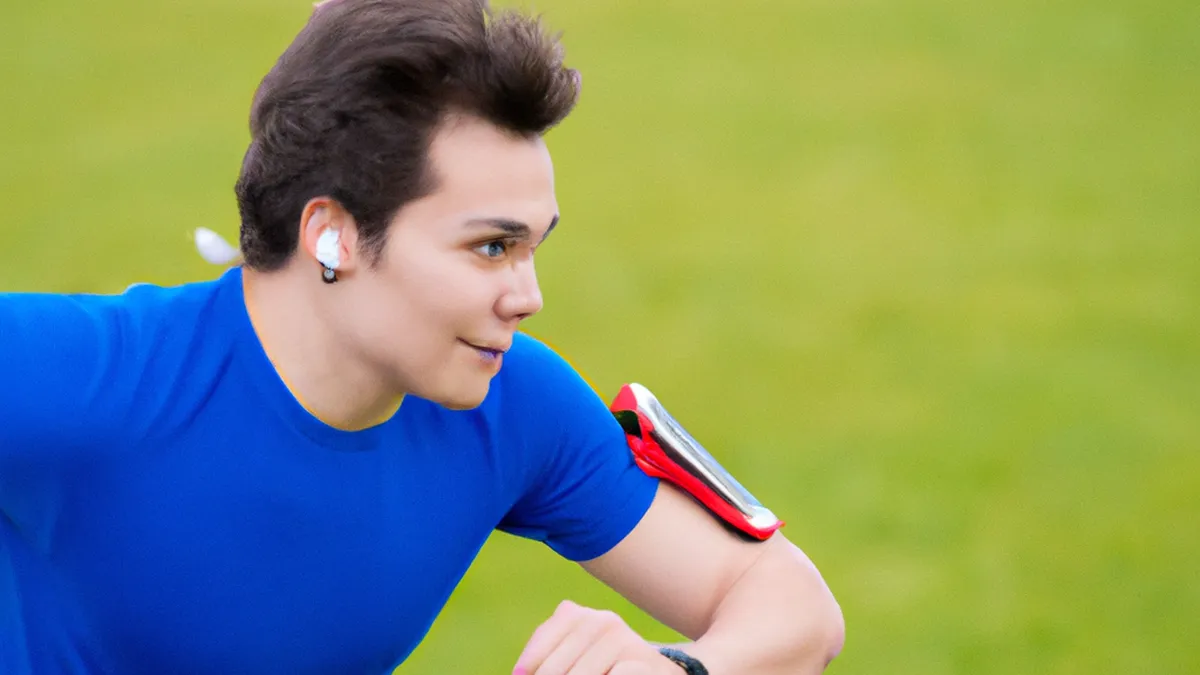Anatomy of a Perfect Vertical Leap
The Biomechanics of Vertical LeapsJumping plays a vital role for many athletes. Basketball players, volleyball players, and dancers all depend on vertical leaps. Understanding jump biomechanics can boost your performance and lower injury risks. This blog post discusses jumping mechanics, offers improvement tips, and highlights the benefits of mastering this skill.
The Mechanics of a Vertical Leap
During a vertical leap, your body systems collaborate. Muscles generate force, joints provide leverage, and your nervous system coordinates actions. You can break the process into three phases: preparatory, take-off, and landing.
1. The Preparatory Phase
In this phase, you gather potential energy. You bend your knees and lower your body. This movement activates your quadriceps and hamstrings. Transitioning from crouch to upward motion requires quick muscle contractions.
2. The Take-Off Phase
Next, you propel yourself upward. You push off the ground while extending your ankles, knees, and hips. This extension creates upward thrust. The faster you extend these joints, the higher you jump. Using your arms effectively also increases your jump height. Swinging your arms upward adds momentum for greater height.
3. The Landing Phase
Landing safely prevents injury. Bend your knees upon landing to absorb impact. This action reduces joint stress and maintains balance. Proper landing mechanics ensure long-term health, especially in jumping sports.
Tips for Improving Your Vertical Leap
As an Amazon Associate I earn from qualifying purchases.
Gear tip: consider compression sleeves, compression socks, and multisport smartwatch to support this topic.
To improve your vertical leap, mix strength training, technique refinement, and practice. Here are effective tips to help you achieve your jumping goals.
Strength Training
Jumping higher requires strong leg muscles. Focus on squats, lunges, and calf raises. These movements build necessary leg strength. Incorporate plyometric exercises like box jumps and jump squats for explosive power. This training can significantly enhance your jumping ability.
Technique Refinement
Proper jumping technique is crucial. Practice your jump form in front of a mirror. Ensure your knees align with your toes during take-off and landing. Additionally, refine your arm swing. A strong arm motion adds height to your jump. Filming yourself helps identify improvement areas.
Consistent Practice
Like any skill, practice brings perfection. Dedicate time each week to work on your vertical leap. Incorporate drills focusing on different heights and distances. Gradually increase training intensity. Over time, you will notice improvements in your jumping ability.
The Benefits of Mastering Vertical Leaps
Mastering vertical leaps offers numerous advantages on and off the field. Here are key benefits.
Enhanced Athletic Performance
A higher vertical leap often leads to better athletic performance. In basketball and volleyball, jumping ability proves crucial. Improved vertical leaps increase scoring opportunities and enhance defensive maneuvers.
Improved Muscle Strength
Training for vertical leaps builds lower body strength. Stronger muscles enhance your overall fitness level. This strength improves performance in other athletic activities as well.
Reduced Injury Risk
Focusing on proper jumping mechanics minimizes injury risks. Learning to land correctly protects your joints. Additionally, developing strong leg muscles and improving flexibility decreases strain and sprain likelihood. This proactive injury prevention pays off long-term.
Conclusion
Understanding vertical leap biomechanics remains essential for athletes. Focus on strength training, refine your technique, and practice consistently to improve your jumping ability. The benefits extend beyond sports performance; you will also build muscle strength and reduce injury risks. Whether you want to jump higher on the court or enhance your fitness, mastering the vertical leap proves valuable. Embrace the process and watch your skills soar!
Below are related products based on this post:
FAQ
Why is jumping important for athletes?
Jumping is crucial for athletes in sports such as basketball, volleyball, and dance. It enhances performance by allowing for better scoring opportunities and defensive maneuvers. Understanding jump biomechanics can also help reduce injury risks associated with these activities.
What are the phases of a vertical leap?
A vertical leap consists of three phases: the preparatory phase, the take-off phase, and the landing phase. In the preparatory phase, potential energy is gathered by bending the knees. The take-off phase involves propelling upwards through joint extension, while the landing phase focuses on absorbing impact to prevent injury.
How can I improve my vertical leap?
To improve your vertical leap, incorporate strength training, refine your technique, and practice consistently. Focus on exercises like squats and lunges to build leg strength, ensure proper jumping form, and dedicate time each week to drills that target different heights and distances. Over time, these efforts will enhance your jumping ability.















Post Comment